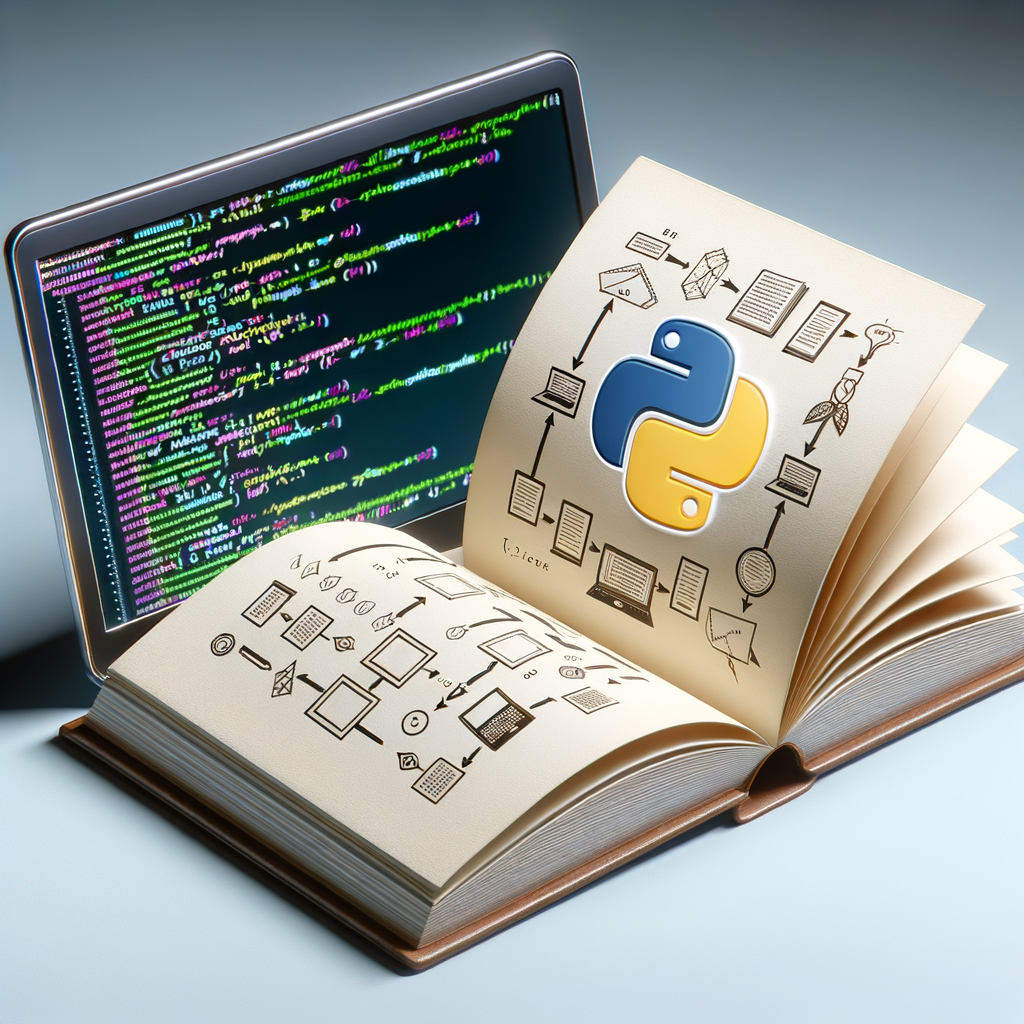
From Concepts to Code: Mastering Python for AI Automation
Dive into the world of Python programming and discover its pivotal role in automating complex AI processes. This blog post breaks down the transformative power of Python in AI development, showcasing practical examples and strategies to optimize AI workflows for efficiency and innovation.
From Concepts to Code: Mastering Python for AI Automation
Python has long been celebrated for its simplicity and versatility, making it an essential tool in the toolkit of any AI developer. Its extensive libraries and frameworks are tailor-made for artificial intelligence, providing a fertile ground for innovation in automation. In this in-depth guide, we'll explore how Python transforms AI concepts into seamless automation, providing both seasoned developers and newcomers with the insights needed to harness its potential effectively.
The Role of Python in AI Development
Python's prominence in AI development stems from its ability to handle complex processes with relative ease. Whether you're developing machine learning models, constructing neural networks, or integrating AI into existing systems, Python offers a cohesive environment that simplifies these tasks.
- Ease of Use: Python's syntax is straightforward and readable, which reduces the learning curve and enables developers to implement technologies effectively.
- Community Support: Python has a vibrant community that contributes to a constantly evolving ecosystem of libraries and tools.
- Comprehensive Libraries: From TensorFlow to SciKit-Learn, Python provides robust libraries that address various AI automation needs.
Key Libraries for AI Automation
1. TensorFlow
TensorFlow is an open-source library developed by Google for fast numerical computing. It's ideal for creating deep learning models and offers convenience when building dynamic computational graphs.
2. Keras
Keras acts as a high-level API for TensorFlow, simplifying the model-building process for both beginners and experts.
3. Pandas
Handling data is paramount in AI development. Pandas makes data manipulation easier and more efficient, offering data structures like DataFrame that are designed to work effectively with large datasets.
4. NumPy
NumPy is the fundamental package for scientific computing in Python. It supports arrays and matrices, along with a generous collection of mathematical functions.
5. SciKit-Learn
SciKit-Learn is a user-friendly library for implementing machine learning algorithms, providing simple and efficient tools for data analysis and mining.
Python in Action: Automating AI Processes
Let's explore practical examples where Python automation shines in the AI domain:
Automating Data Preprocessing
Data preprocessing can be time-consuming, but Python simplifies this through Pandas, NumPy, and other libraries. Automating these processes ensures consistency and speed in handling large and intricate data.
Real-Time AI Predictions
Automation facilitates real-time AI application, such as predictive maintenance or dynamic pricing models, using Python frameworks to process data swiftly and accurately.
Streamlining Model Deployment
Python tools enable seamless deployment of AI models into production, integrating with various software environments to automate updates and improvements.
Best Practices for Python AI Automation
- Modular Code Structure: Break down tasks into modules to maintain clarity and reusability.
- Testing and Validation: Continuously test and validate automated processes to ensure reliability.
- Scalability: Design automation workflows with scalability in mind to adapt to evolving AI models and data.
Conclusion
Python remains a cornerstone of AI development, offering unparalleled support for automation tasks crucial to modern AI workflows. By leveraging its comprehensive libraries and community resources, developers can elevate their AI projects from basic concepts to advanced, automated systems.
Harnessing Python's potential enhances both the efficiency and innovation of AI processes, paving the way for cutting-edge developments in automation and beyond.